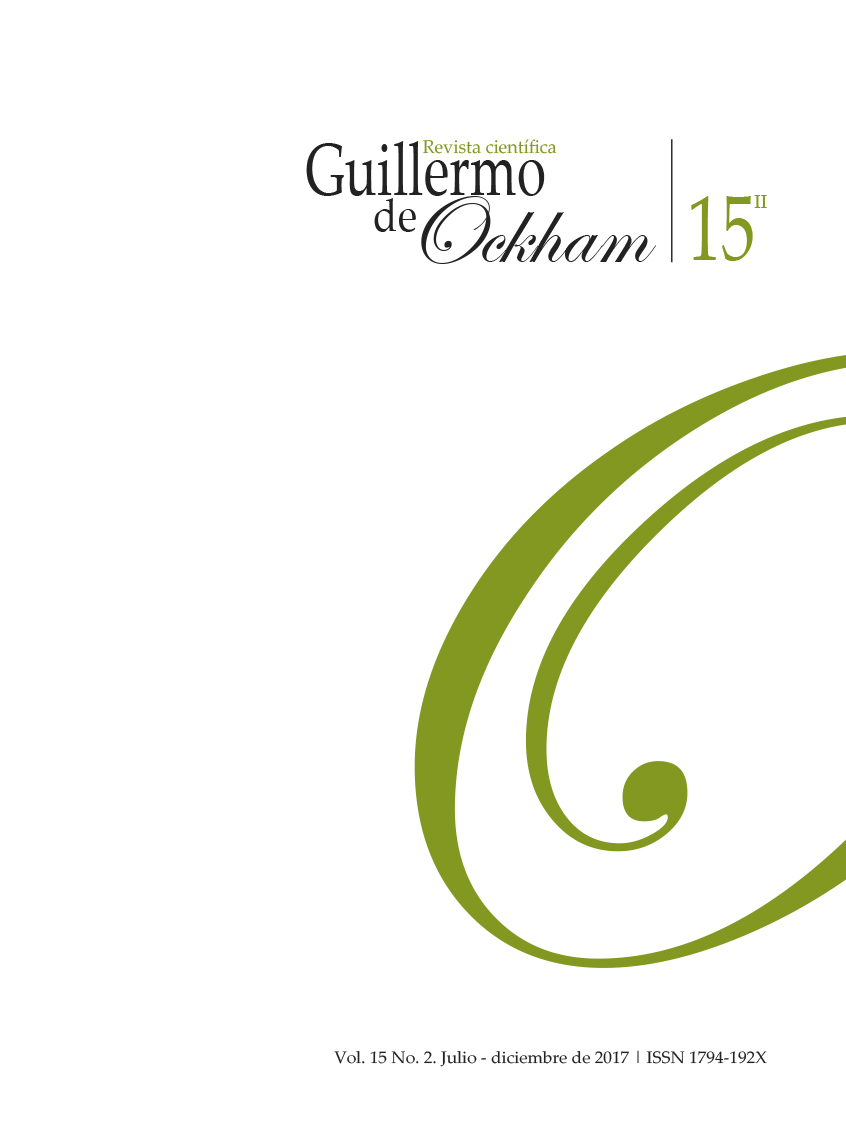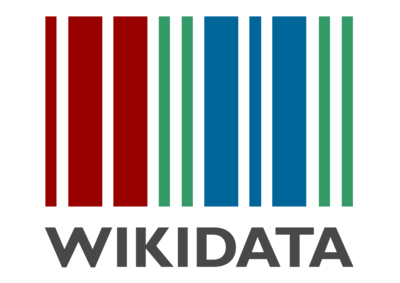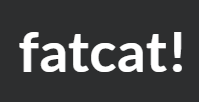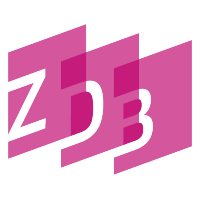The Revista Guillermo de Ockham provides an immediate and open access to its content, based on the principle of offering the public a free access to investigations to provide a global interchange of knowledge.
Unless otherwise established, the contents of this journal has a license with Creative Commons Attribution-NonCommercial-NoDerivatives 4.0 International (CC BY-NC-ND 4.0) http://creativecommons.org/licenses/by-nc-nd/4.0/
- Attribution: You must give appropriate credit, provide a link to the license, and indicate if changes were made. You may do so in any reasonable manner, but not in any way that suggests the licensor endorses you or your use.
- NonCommercial: You may not use the material for commercial purposes.
- NoDerivatives: If you remix, transform, or build upon the material, you may not distribute the modified material.
- No additional restrictions: You may not apply legal terms or technological measures that legally restrict others from doing anything the license permits.
Abstract
Objetivou-se analisar a produção científica de Birger Hjǿrland, indexada na base Scopus, e o seu impacto por meio dos artigos citantes, os citers, utilizando indicadores bibliométricos. O universo de pesquisa foi constituído pelos artigos do pesquisador Birger Hjǿrland, indexados na base de dados Scopus, em um total de 40 artigos e 998 citações. Como resultados, destacaram-se os principais periódicos selecionados pelo autor para a publicação de seus artigos são os que mais o citam. O idioma utilizado em 95% de seus artigos é o inglês, sendo este o idioma de 90,9% de seus citantes, e o principal país citante são os Estados Unidos. Pode-se também observar que dos 40 artigos produzidos por Birger Hjǿrland somente 12 (30%) foram realizados em coautoria, o restante, 28 (70%), em autoria única. Outro fato analisado refere-se à alta correlação entre as temáticas trabalhadas pelo autor e a temática preferencial dos seus periódicos citantes. Apresentam-se também as principais instituições citantes brasileiras e estrangeiras, bem como os autores citantes, com 5,6% de autocitações do total das 998 citações recebidas. Conclui-se, pelos resultados obtidos, que o estudo dos citers, propicia a identificação de elementos importantes na dinâmica da produção científica.
References
Ajiferuke, I., Lu, K. & Wolfram, D. (2010). A comparison of citer and citation-based measure outcomes for multiple disciplines. Journal of the American Society for Information Science and Technology, 61(10), 2086–2096. Obtido de http://onlinelibrary.wiley.com/doi/10. 1002/asi.21383/abstract;jsessionid=CCDEB27E05DBE1EC41BE980DA524EAB3.f04t01
Araújo, C.A.A., Braga, R.M.O. & Vieira, W.O. (2010). A contribuição de C. Kuhlthau para a Ciência da Informação. Revista Digital de Biblioteconomia e Ciência da Informação, 7 (2), 185-198.
Obtido de https://periodicos.sbu.unicamp.br/ojs/index.php/rdbci/article/view/1963
Bornmann, L. & Daniel, H.D. (2008). What do citation counts measure? A review of studies on citing behavior. Journal of Documentation, 64(1), 45–80. Obtido de http://www.emeraldinsight.com/doi/abs/10. 1108/00220410810844150
Brambilla, S.D.S., Vanz, S.A.S. & Stumpf, I.R.C. (2006). Mapeamento de um artigo produzido na UFRGS: razões das citações recebidas. Encontros Bibli, pp.195-208. Obtido de https://periodicos.ufsc.br/index.php/eb/article/view/1518-2924.2006v11nesp1p195/423
Brambilla, S.D.S. & Stumpf, I.R.C. (2012). Artigos da UFRGS representados na Web of Science: os mais citados e seus citantes. Em Questão, 18, 179-197. Obtido de http://seer.ufrgs.br/index. php/EmQuestao/article/view/33269
Bufrem, L. & Prates, Y. (2005). O saber científico registrado e as práticas da mensuração da informação. Ciência da Informação, 34(2), 9-25. Obtido de http://www.scielo.br/pdf/ci/v34n2/28551
Callon, M.. Courtial, J.P. & Penan, H. (1993). Cientometria: el studio quantitative de la atividad científica: de la bibliometria a la vigilancia tecnológica. Gijón: Ediciones Trea.
Cronin, B. & Shaw, D. (2002). Identity-creators and image-makers: Using citation analysis and thick description to put authors in their place. Scientometrics, 54 (31), 31-49. Obtido de https://link.springer.com/article/10.1023%2FA%3A1015628320056
Garfield, E. (1979). Is citation analysis a legitimate evaluation tool? Scientometrics, 1 (4), 359-375. Obtido de https://link.springer.com/article/10.1007%2FBF02019306
Guimarães, J.A.C. (2014). Análise de domínio como perspectiva metodológica em organização da informação. Ciência da Informação, 41, (1), 13-21. Obtido de http://revista.ibict.br/ciinf/article/view/1415/1593
Glänzel, W. (2003). Bibliometrics as a research field: a course on theory and application of bibliometric indicators. Bélgica: Course Handouts. Obtido de: http://citeseerx.ist.psu.edu/viewdoc/download?doi=10.1.1.97.5311&rep=rep1&type=pdf
Hjǿrland, B. (2002a). Domain analysis in information science: eleven approaches-traditional as well as innovative. Journal of Documentation, 58, (4), 422-462. Obtido de http://www.emeraldinsight.com/doi/full/10.1108/00220410210431136
Hjǿrland, B. (2002b). Epistemology and the socio-cognitive perspective in information science, Journal of the American Society for Information Science and Technology, 53(4), 257-270. Obtido de http://onlinelibrary.wiley.com/doi/10. 1002/asi.10042/epdf
Hjǿrland, B. (2003). The concept of information, Annual Review of Information Science and Technology, 37, 343-411. Obtido de http://onlinelibrary.wiley.com/doi/10. 1002/aris.1440370109/epdf
Iribarren Maestro, I. (2006). Producción científica y visibilidad de los investigadores de la Universidad Carlos III de Madrid en las bases de datos del ISI,1997-2003 (Tesis Doctoral, Universidad Carlos III de Madrid, 2006). Obtido de http://e-archivo.uc3m.es/handle/10016/1088
Katz, J.S. & Martin. B.R. (1997). What is research collaboration? Research Policy, 26, 1-18.
Obtido de http://www-sciencedirect-com.ez87.periodicos.capes.gov.br/science/article/pii/S0048733396009171?via%3Dihub
Kerr, E.S. (2003) Ketib: um processo de representação de informações para textos complexos. (Dissertação, Universidade Estadual de Campinas, 2003). Obtido de http://libdigi.unicamp.br/document/?code=vtls000311557
Mai, J.E. (2005) Analysis in indexing: document and domain centered approaches, Information Processing and Management, 41, 599-611. Obtido de http://www.sciencedirect.com/science/article/pii/S030645730300116X
Macias-Chapula, C.A. (1998). O papel da informetria e da cienciometria e sua perspectiva nacional e internacional. Ciência da Informação, 27(2), 134-140. Obtido de http://www.scielo.br/scielo. php?pid=S0100-19651998000200005&script=sci_abstract&tlng=pt
Narin, F., Olivastro, D. & Stevens, K.S. (1994). Bibliometric theory, practive and problem, Evaluation Review, 18, (1), 65-76.
Okubo, Y. (1997) Bibliometric indicators and analysis of research systems: methods and examples. Paris: OECD.
Olmeda, C., Perianez- Rodriguez, A. & Ovalle-Perandones, M.A. (2008). A Estructura de las redes de colaboración científica entre las universidades españolas. Ibersid, pp. 129-140. Obtido de http://www.ibersid.eu/ojs/index.php/ibersid/article/view/2219/1980
SCOPUS (2017). What is Scopus? Elsevier. Obtido de https://www.scopus.com/scopus.com
SJR (2016). Scimago Journal & Country Rank. Scopus. Obtido de http://www.scimagojr.com/journalsearch. php
SJR (2017). Scimago Journal & Country Rank. Scopus. Obtido de http://www.scimagojr.com/journalsearch. php
Smiraglia, R. P. (2011). Isko 11´diverse book shielf: an editorial, Knowledge Organization, 38 (3), 179-189.
Small, H. (2004). On the shoulders of Robert Merton: towards a normative theory of citation. Scientometrics, 60(1), 71-79. Obtido de https://link.springer.com/article/10.1023%2FB%3ASCIE.0000027310.68393.bc
Spinak, E. (1998). Indicadores cienciométricos. Ciência da Informação, 27(2), 141-148. Obtido de http://revista.ibict.br/ciinf/article/view/795/826
Vanz, S.A.S. & Caregnato, S. E. (2003). Estudos de citação: uma ferramenta para entender a comunicação científica. Em Questão, 9(2), 295-307. Obtido de http://seer.ufrgs.br/EmQuestao/article/view/75
































